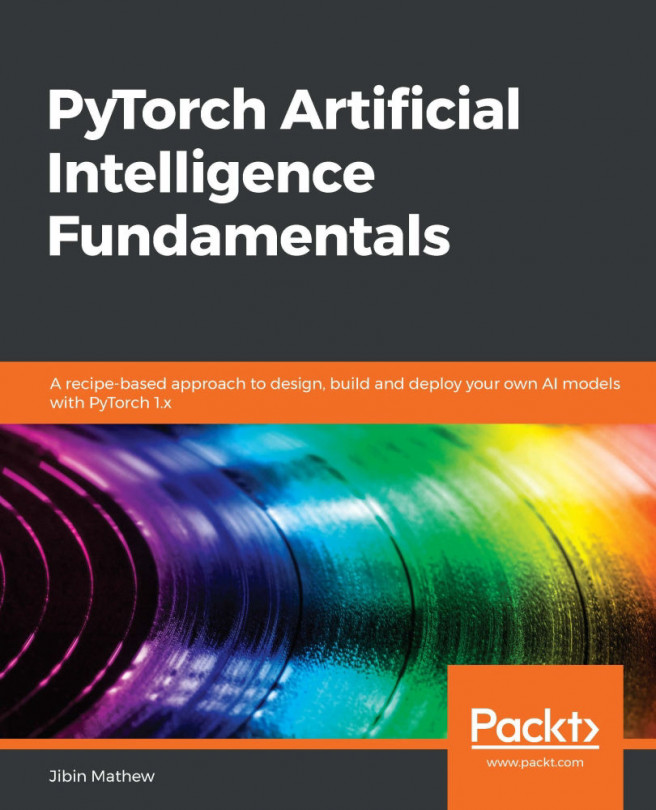In traditional computer vision, we would create a few features for every image before using them as input. Let's take a look at a few such features based on the following sample image in order to appreciate the effort that we are avoiding going to by training a neural network:

Note that we will not walk you through how to get these features as the intention here is to help you realise why creating features manually is a sub-optimal exercise:
- Histogram feature: For some tasks, such as auto-brightness or night vision, it is important to understand the illumination in the picture; that is, the fraction of pixels that are bright or dark. The following graph shows a histogram for the example image. It depicts that the image is well illuminated since there is a spike at 255:

- Edges and Corners feature: For tasks such as image segmentation, where it is important to find the set of pixels corresponding to each person, it makes sense...











































































